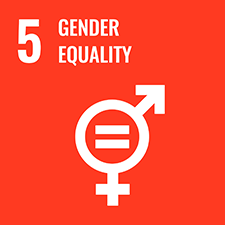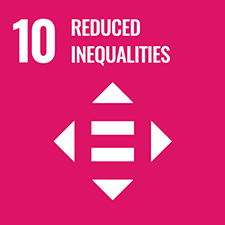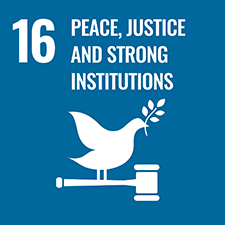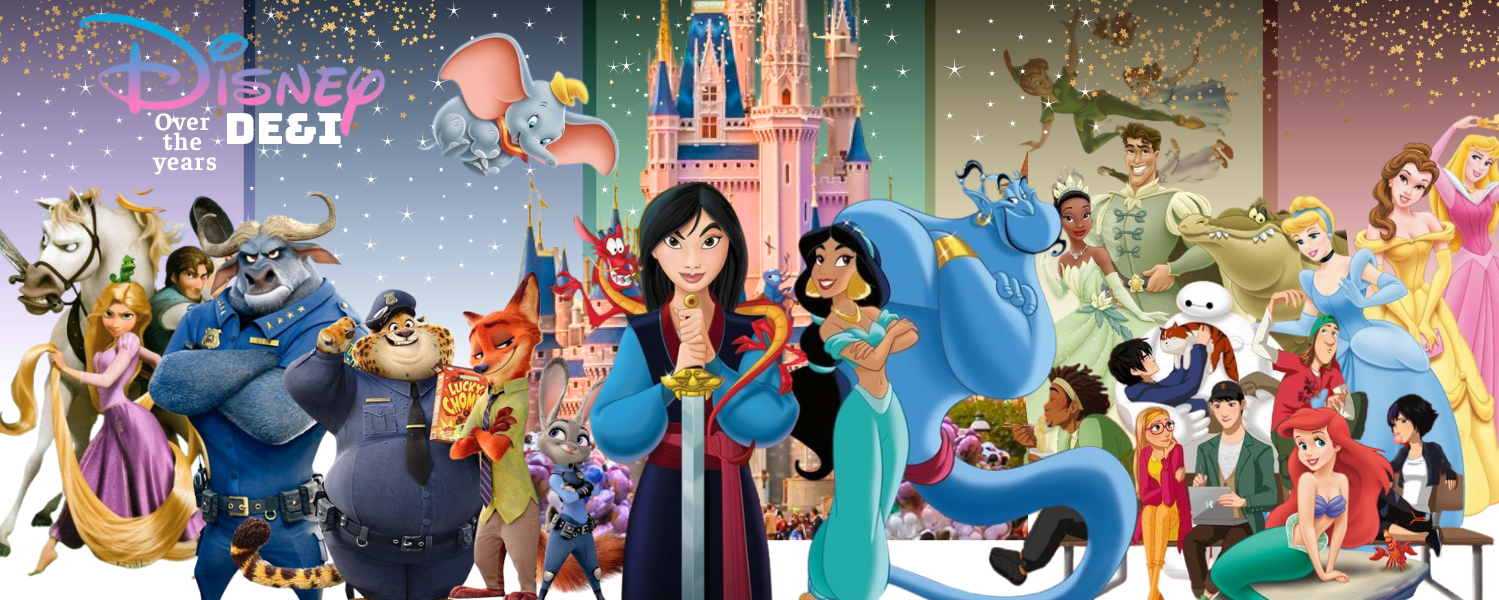
Disney’s representation of Diversity, Equity and Inclusion over the years
27 Dec, 2023
Pursuing Diversity, Equity and Inclusion (DEI) has become a mutual goal for not just schools, universities but also companies and global leaders. If you haven’t acquainted yourself with the definition of those above-mentioned interpretations and how they can benefit an organization, you might want to visit about this. For now, The Department of Student Affairs (DSA) will embark on a time-traveling expedition through Disney's productions to explore their DEI efforts, challenges associated with flaws and suggestions for improvement.
Once upon a time, in the magical world of Disney, tales were spun, princesses were born, heroes emerged, and dreams soared beyond imagination. Yet, behind the enchanting curtain, another story unfolded - one about challenges, difficulties, and steps toward a more inclusive kingdom. Disney, the symbol of imagination and childhood fancies, is actively steering a transformative path towards embracing diversity, equity, and inclusion (DEI) within its realm. From its early years characterized by cultural stereotypes to the vibrant mosaic of characters and stories today, Disney's narrative reflects a transformative saga, intricately entwined with societal shifts and an ongoing quest for authentic representation.
Early Years: Disney's Beginnings
Starting with the first few years, Disney films were mostly inspired by European fairy tales. This can explain why their storylines, back then, were featuring predominantly white characters. For instance, princesses that were so-called “fairest of them all” were represented with a milky white skin tone like Snow White (1937) or blonde silky hair, and ocean blue eyes like Cinderella (1950), Aurora (1959). Such instances still produced cultural Disney movies in nature and caught the attention of many young hearts.
Disney’s early princess portrayals (Source: )
However, when we narrow the scope to cultural diversity, equity and inclusion, Disney hasn’t always excelled in showcasing a diverse profile of characters, portrayals, as well as illustrating the undeniable prevalence of cultural stereotypes, and gender inequality.
“If one were to rank the Disney animated classics that haven’t aged well, “Dumbo” would probably take home the gold.” - said the Washington Post. Indeed, if you were to watch the movie carefully, you would stumble on not just a few questionable moments. First is the incident where Dumbo met up with a group of “black” crows. The black birds are depicted using African American stereotypes of the time, with jive-like speech patterns and jazzy-gospely songs sung in harmony.

Dumbo meets a group of crows (source: Dumbo Lover)
Adding up to that scene, the classic also contains the “Song of the Roustabouts,” which is considered the most racist part of the film. It depicts faceless black characters hammering railroad ties to put up circus tents and includes the line, “Grab that rope, you hairy ape.”
From its historical missteps, Disney's strides towards a more representative storytelling era stand as a testament to its ongoing quest for diversity and equity. Nonetheless, the next era still struck up several arguments through the years centering around controversial cultural appropriation and the balance between respectful representation and the perpetuation of harmful stereotypes.
Shift Towards Inclusion: Milestones and Initiatives
The introduction of more diverse characters marked a significant shift in Disney's storytelling landscape. In the groundbreaking film "Aladdin" (1992), the absence of white protagonists was a significant departure from Disney's traditional narratives. This shift brought to the forefront characters like the willful and free-thinking Princess Jasmine, whose spirited portrayal challenged stereotypes and enchanted audiences seeking more empowered female figures.
Meanwhile, "Mulan" (1998) stands as a bold figure not just because of her ethnicity but the way she recognizes major areas of societal difference in gender roles, redefines power, and challenges discrimination faced by women and non-cisgendered individuals. Mulan's courageous journey celebrates resilience, strength found in embracing authenticity and breaking free from societal constraints.
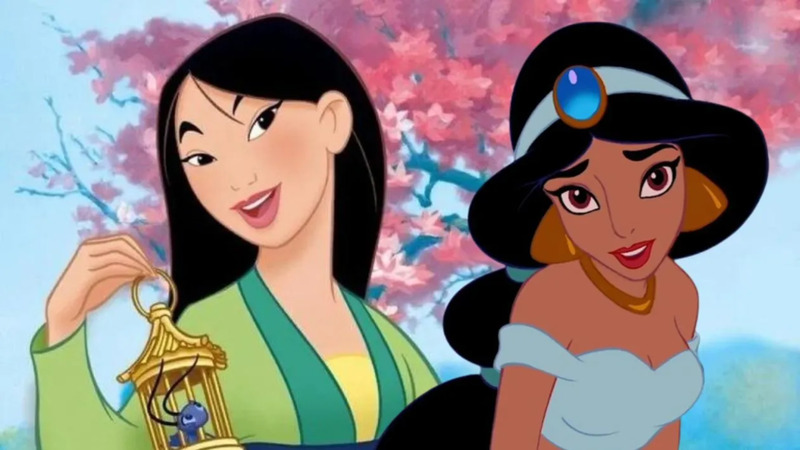
The free-thinking and powerful princess figures in Disney (Source: serieously)
With that being said, Disney's efforts in diversity and inclusion still exhibit varying degrees of flaws, from minor imperfections to more significant shortcomings. Sharing with the Harvard Crimson, Kyla Golding expressed about the movie “The Princess and the Frog”: “I remember the first time I saw Tiana. She looked like me. It was 2009 and for the first time, Disney gave little Black girls their first taste of what it was like for the fairest of them all to be Black.”
Our princess, with beautiful cocoa flesh, a wide nose, and sleek up hair, captivated countless black girls and women hungry for a relatable screen presence. Hope surged as the first 'black princess' graced the pixels, yet the fleeting magic dissolved as she spent most of the film as a frog.
It was a swift reminder, as expressed by Kyla Golding, “I was faced with the reality that Black women and girls are always strong, resilient, and magical, but even in the mythical realm of Disney movies, we are often left little room to be human.”
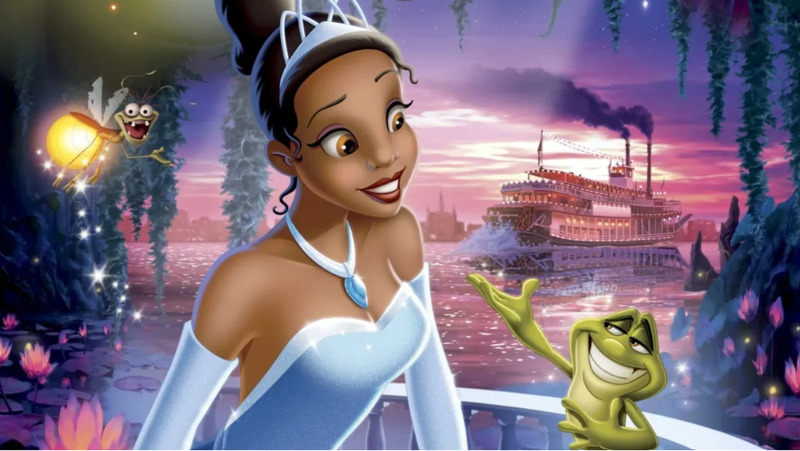
Tiana and Prince Naveen as a frog (Source: The Princess and the Frog)
Still, to some of us, Tiana is a resilient spirit with an unwavering pursuit of dreams, shattering barriers and inspiring a new era of inclusivity. These magical characters have conjured a more authentic and enchanting narrative tapestry within Disney's kingdom.
Recent Developments or Overexertion
Recent Disney films still pursuing the journey to reimagine diversity, equality and inclusion, reshaping stories to mirror a more inclusive world.
Zootopia (2016) with the eager rabbit who is the first of her "kind" to join a police department dominated mostly by large, predator-type animals. Rabbit officer Hopps’ presence on the team is met with open resistance because she was hired as part of a dreaded diversity program. As we can see, there can be diversity but there is no inclusion as her skill sets and value to her team are minimized and dismissed because she is different, and there is no equality in the tools, support, and resources she needs to be successful on the job were limited compared to the rest of the force.
With the cute, 3D characters, we uncover profound lessons: A diverse environment doesn't inherently translate to an inclusive, equal one; you don’t have to “look the part” to be suitable for a job, genuine inclusion demands diligent effort and a willingness to address uncomfortable truths. To truly foster inclusivity, we must embrace discomfort, learn from missteps, and have the courage to confront difficult conversations. It's through navigating these challenges that we pave the path toward a harmonious and truly inclusive work environment.

Judy Hopps among the “unsuitable” workplace (Source: Zootopia)
Big Hero 6 (2014), meanwhile, created the futuristic town of San Fransokyo, a mash-up of Tokyo and San Francisco. "This film gave us a perfect opportunity to create a diverse cast," director Don Hall told BuzzFeed News. The animated piece shows us a world where the brightest kids in the school are people of color and the team mascot is the white student.
The character Wasabi breaks stereotypes with his imposing physique, cropped dreadlocks - the type of guy we might typically associate with nightclub bouncers or scary-but-silent henchmen in movies. Surprisingly, Wasabi is a by-the-book guy with remarkable expertise in robotic engineering.
Big Hero 6 also aims to shatter gender stereotypes with bold and brainy girls taking center stage in the form of Go Go Tomago and Honey Lemon, both of whom are women of color.
The diverse cast of Big Hero 6 (Source: Big Hero 6)
Now, when we take a look at those very recent pieces of Disney like The Little Mermaid Live Action (2023), we might come across several heated debates on the topic of “forced diversity” and “organic diversity”. The actor cast to play the lead role of Ariel is Halle Bailey - an actress of color in a role, that to many fans, is “long reserved for white people” or this action is “weakening their faithfulness to the original story”.
Halle Bailey as the lead role - Ariel in Disney’s The Little Mermaid Live-action (2023) (Source: The Little Mermaid Live-action)
There will forever be an ongoing discussion about the balance between representation and perpetuation of clichés within media. Nonetheless, Disney's influence in championing diversity remains undeniable in shaping societal attitudes and fostering a more inclusive, equal worldview among audiences, especially young ones.
has consistently expressed its commitment to advancing DEI in its content, workforce, and community engagement, aiming to create more representative storytelling and foster an inclusive environment for all audiences and employees.
UEH is also on our journey to break social constraints, promote the DEI concept and actions throughout the system with workshops, panel discussions like Break the Biases and initiatives to support the underrepresented groups, students with disabilities. And don't hesitate to visit English Zone to discuss and learn more about Diversity, Equity, and Inclusion (DEI) in a supportive environment, where you can share opinions, learn from the community, and explore how communities are striving to promote DEI.
News, photos: Department of Student Affairs UEH
References
Andrews, T. M., & Andrews, T. (2019, March 29). Analysis | The original 'Dumbo' was decried as racist. Here's how Tim Burton's version addresses that. Washington Post. Retrieved December 23, 2023, from //www.washingtonpost.com/arts-entertainment/2019/03/29/original-dumbo-was-decried-racist-heres-how-tim-burtons-version-addresses-that/
Carter, K. L. (2014, November 4). "Big Hero 6" Is Disney's Most Diverse Movie Yet. BuzzFeed. Retrieved December 23, 2023, from //www.buzzfeed.com/kelleylcarter/big-hero-6-is-disneys-most-diverse-movie-yet
Colopy, J. (2023, June 20). Disney Diversity Department Shaken by Sudden Departure - Inside the Magic. InsidetheMagic.net. Retrieved December 22, 2023, from //insidethemagic.net/2023/06/disney-diversity-department-departure-jc1/
Golding, K. N. (2021, March 16). When She’s Black, The Princess is the Frog | Opinion. The Harvard Crimson. Retrieved December 23, 2023, from //www.thecrimson.com/article/2021/3/16/golding-princess-is-the-frog/
Hermoza, L. (2023, August 17). The Evolutionary History of Incorporating Diversity and Inclusion Into Disney Animation - Inside the Magic. InsidetheMagic.net. Retrieved December 22, 2023, from //insidethemagic.net/2023/08/how-disneys-representation-of-culture-and-diversity-has-changed-over-the-years-lh1/
Johnson, K. (2019, June 24). . . - YouTube. Retrieved December 23, 2023, from //www.linkedin.com/pulse/5-lessons-from-disneys-zootopia-kelley-johnson/
OpenOregon. (n.d.). Mulan (1998) – Difference, Power, and Discrimination in Film and Media: Student Essays. Open Oregon Educational Resources. Retrieved December 23, 2023, from //openoregon.pressbooks.pub/dpdfilm/chapter/mulan-1998/
Romano, A. (2022, September 17). The Little Mermaid remake: The racist backlash over increased diversity, explained. Vox. Retrieved December 24, 2023, from //www.vox.com/culture/23357114/the-little-mermaid-racist-backlash-lotr-rings-of-power-diversity-controversy

